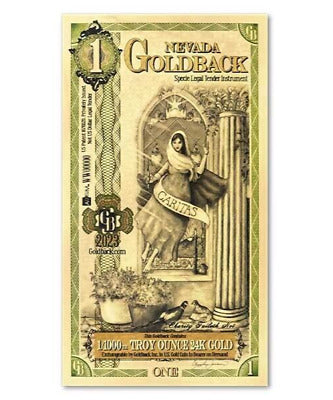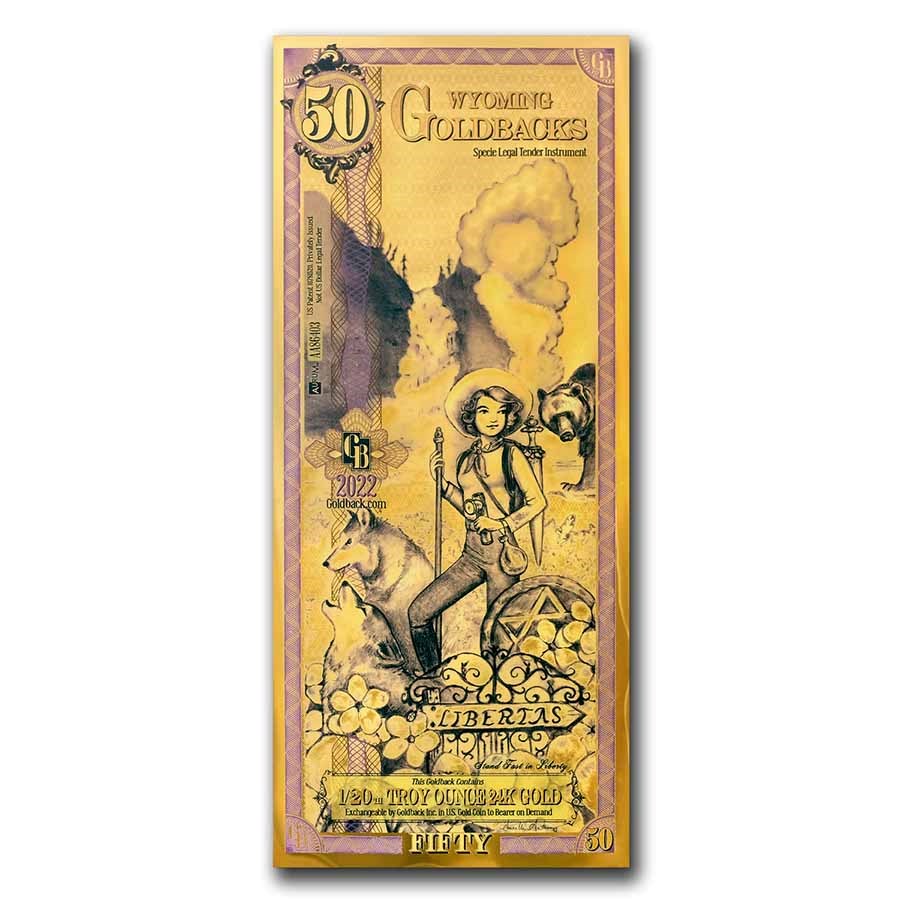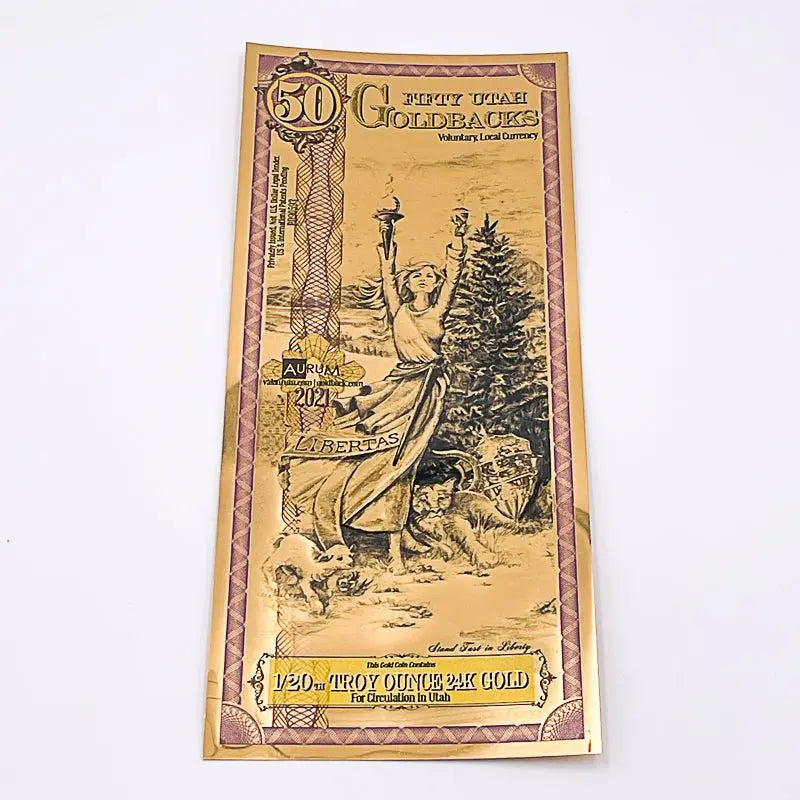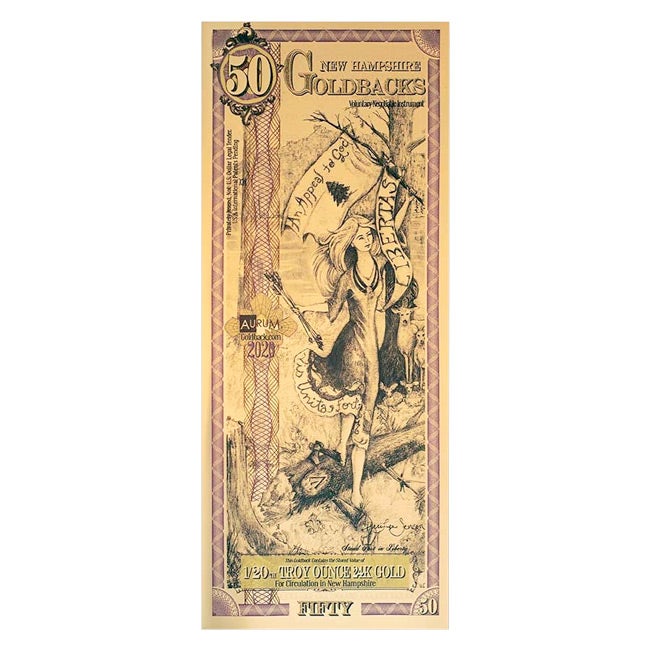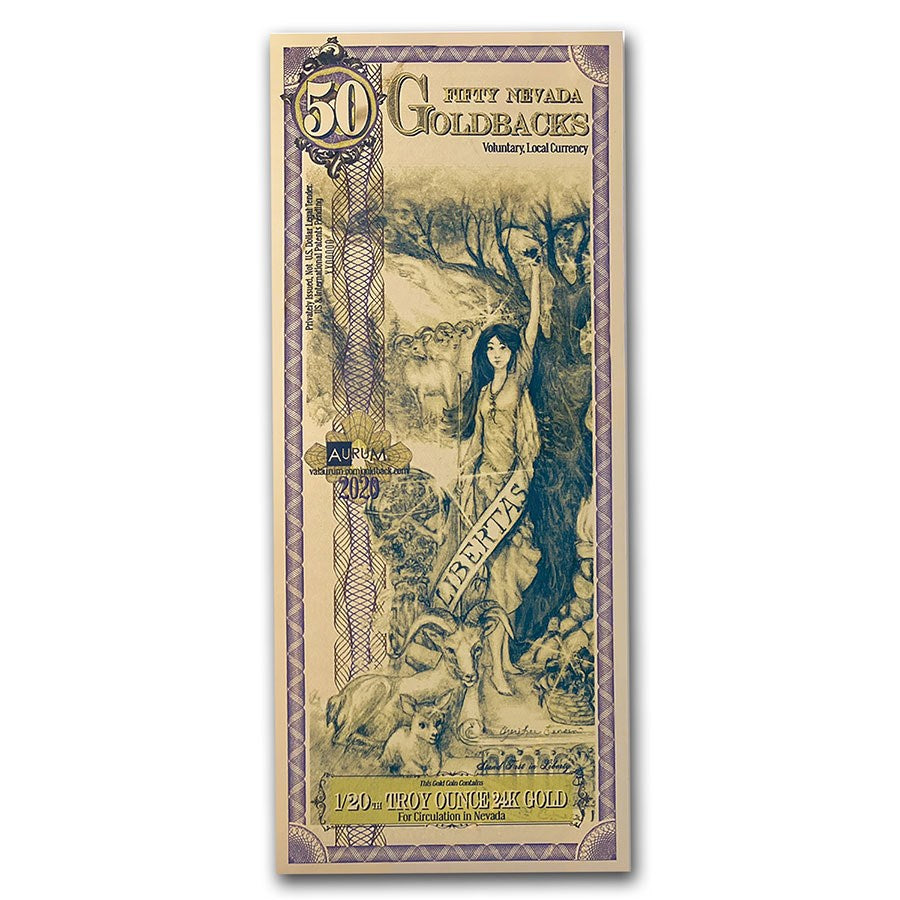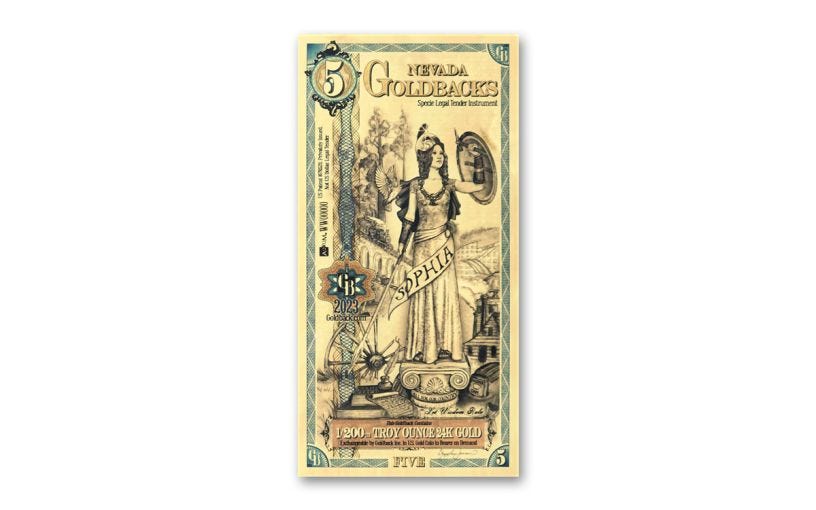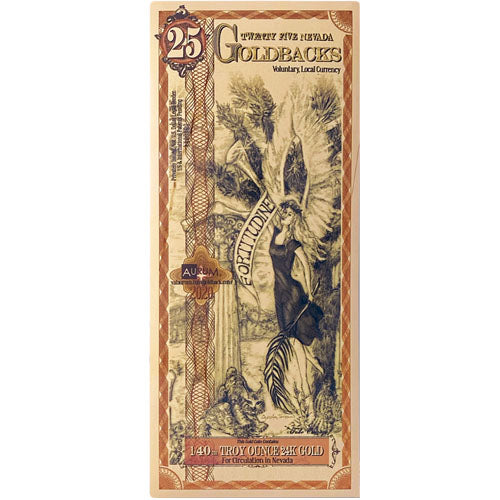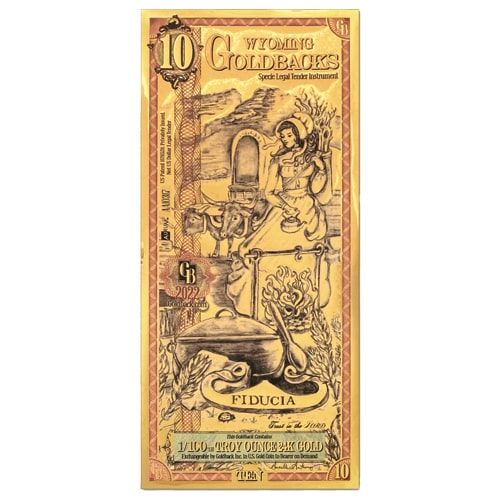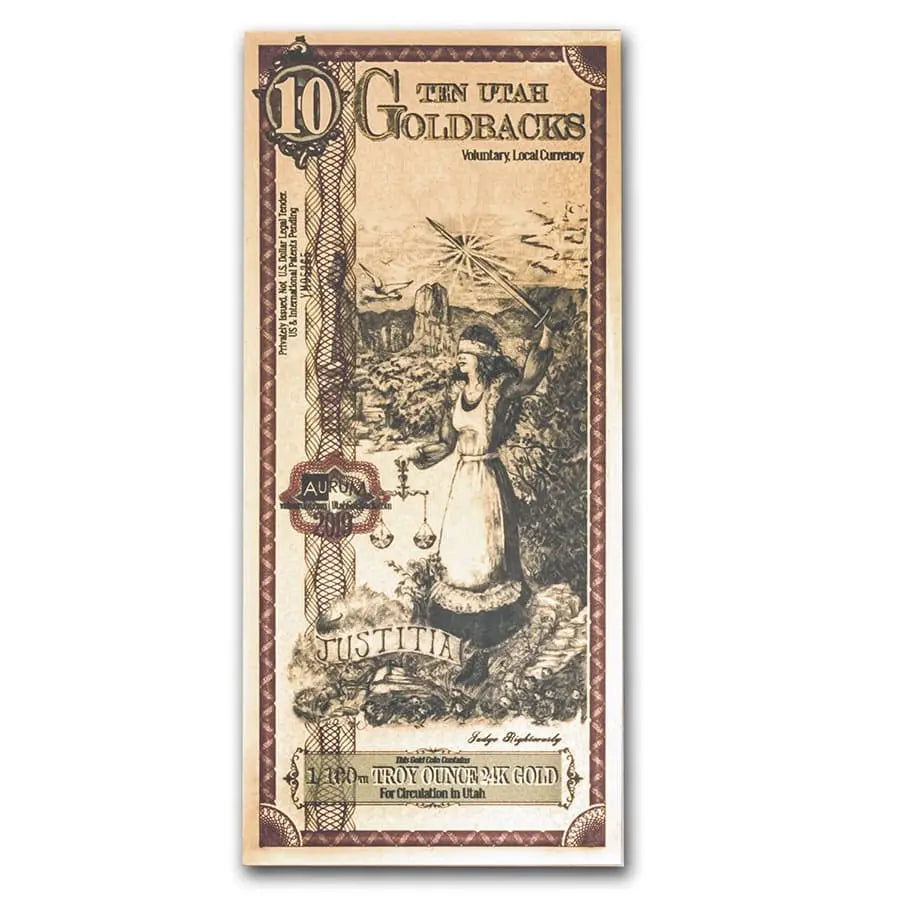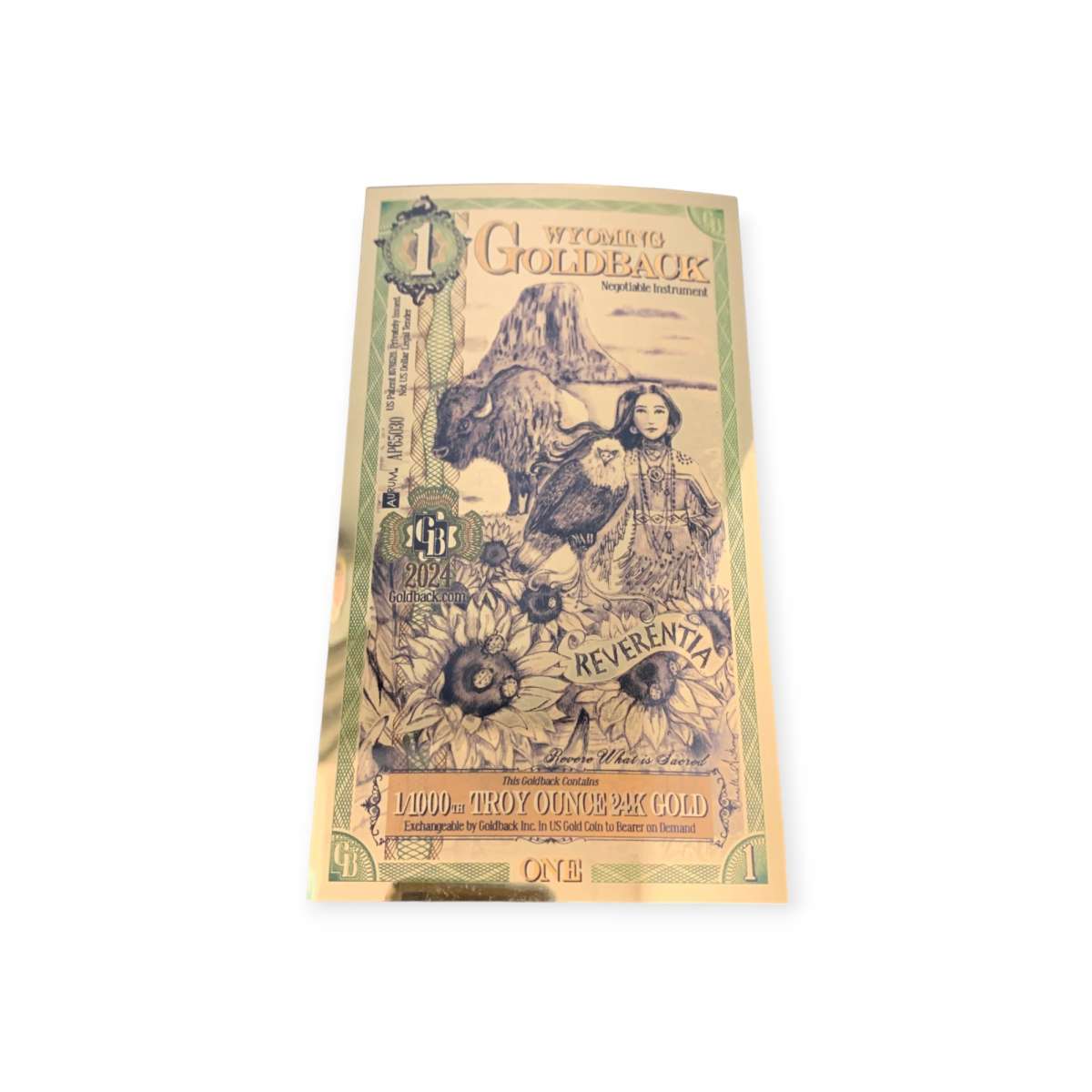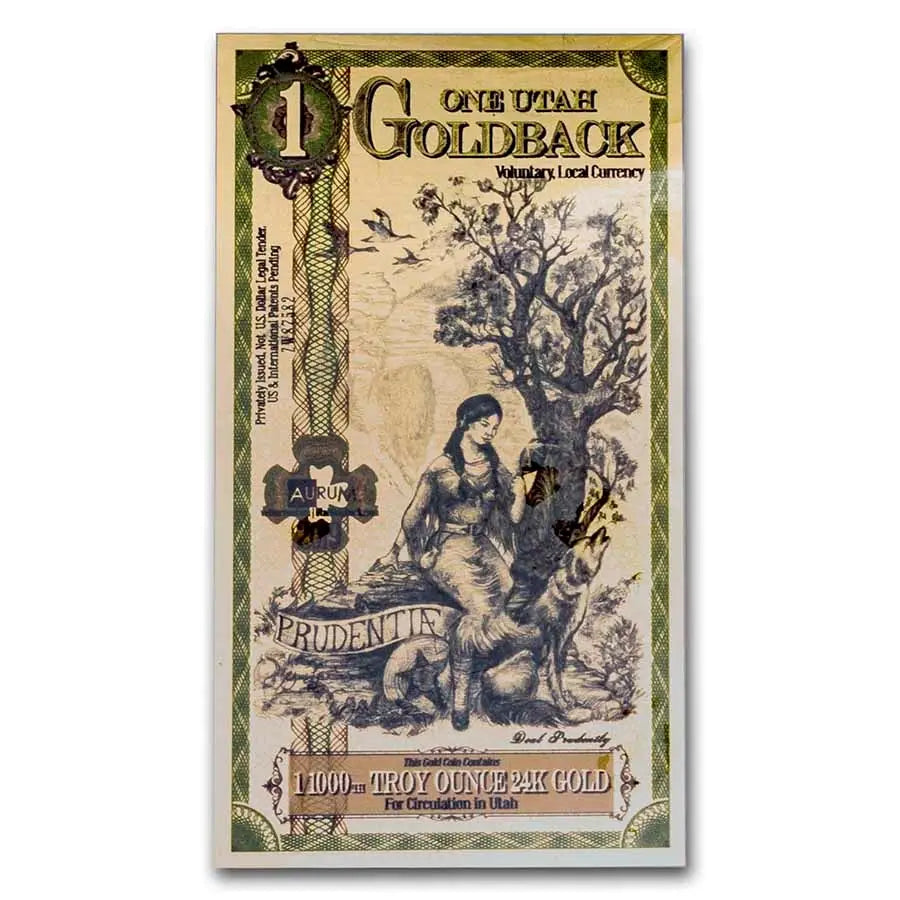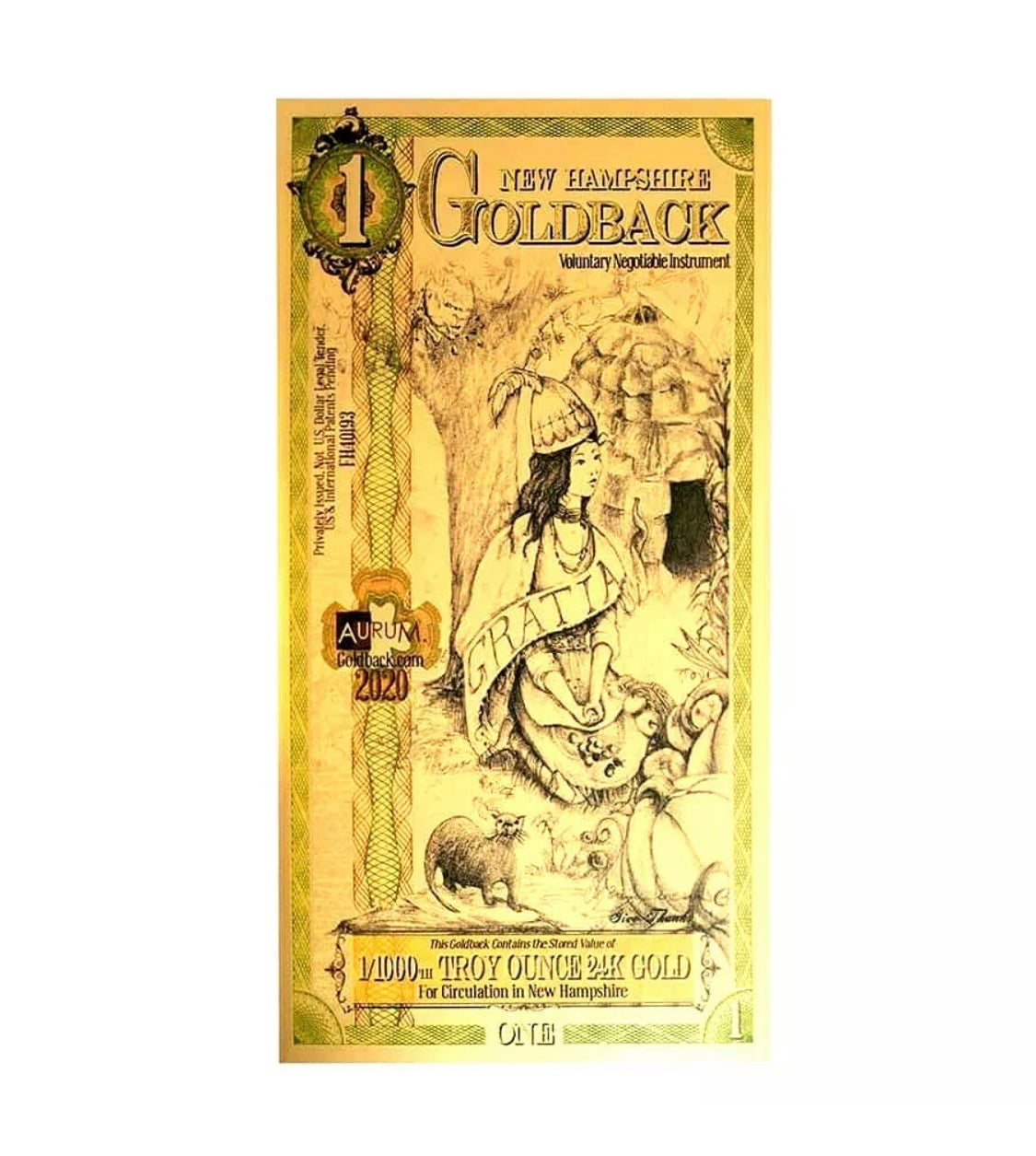
U.S. Dollar Value Declined

The value of the U.S. dollar has significantly declined compared to gold over the past century due to inflation and the abandonment of the gold standard in 1971. Here’s a breakdown of the decline in value:
Historical Comparison
1. 1900:
• Gold was priced at $20.67 per ounce, as the dollar was fully backed by gold under the Gold Standard.
• The dollar’s value was stable and directly tied to a fixed amount of gold.
2. 1933:
• After the Great Depression, the U.S. government revalued gold to $35 per ounce as part of the Gold Reserve Act, effectively devaluing the dollar.
3. 1971:
• President Nixon ended the Bretton Woods system and removed the dollar’s convertibility to gold.
• Gold’s price began to float, reflecting its true market value. By 1971, gold was around $40 per ounce.
4. 2023:
• Gold’s price fluctuates, but as of late 2023, it is approximately $1,900–$2,000 per ounce.
Dollar’s Decline in Value
To calculate the decline in the dollar’s value compared to gold:
1. From 1900 to 2023:
• In 1900, $1 could buy 1/20.67th of an ounce of gold.
• In 2023, $1 can buy approximately 1/1900th of an ounce of gold.
• This means the dollar has lost 99% of its value compared to gold since 1900.
2. From 1971 to 2023:
• In 1971, $1 could buy 1/40th of an ounce of gold.
• In 2023, $1 can buy 1/1900th of an ounce of gold.
• This represents a decline of approximately 97.9% in value compared to gold since 1971.
Why Has the Dollar Declined Against Gold?
1. Inflation:
• The U.S. dollar’s purchasing power has eroded due to inflation, which has averaged around 3% per year since the 1970s.
2. Fiat Money System:
• After the gold standard was abandoned, the dollar became fiat money, meaning its value is based on trust in the government rather than a tangible asset like gold.
3. Gold’s Scarcity:
• Gold’s value has increased over time due to its finite supply and role as a hedge against inflation and economic uncertainty.
4. Money Supply Expansion:
• The U.S. Federal Reserve has significantly increased the money supply over the decades, diluting the value of each dollar.
Conclusion
The U.S. dollar has lost nearly all of its value compared to gold over the past century, particularly after the gold standard was abandoned in 1971. This decline underscores the impact of inflation and the shift to a fiat currency system. Gold remains a reliable store of value and hedge against the dollar’s depreciation, which is why many investors turn to it during times of economic uncertainty.






